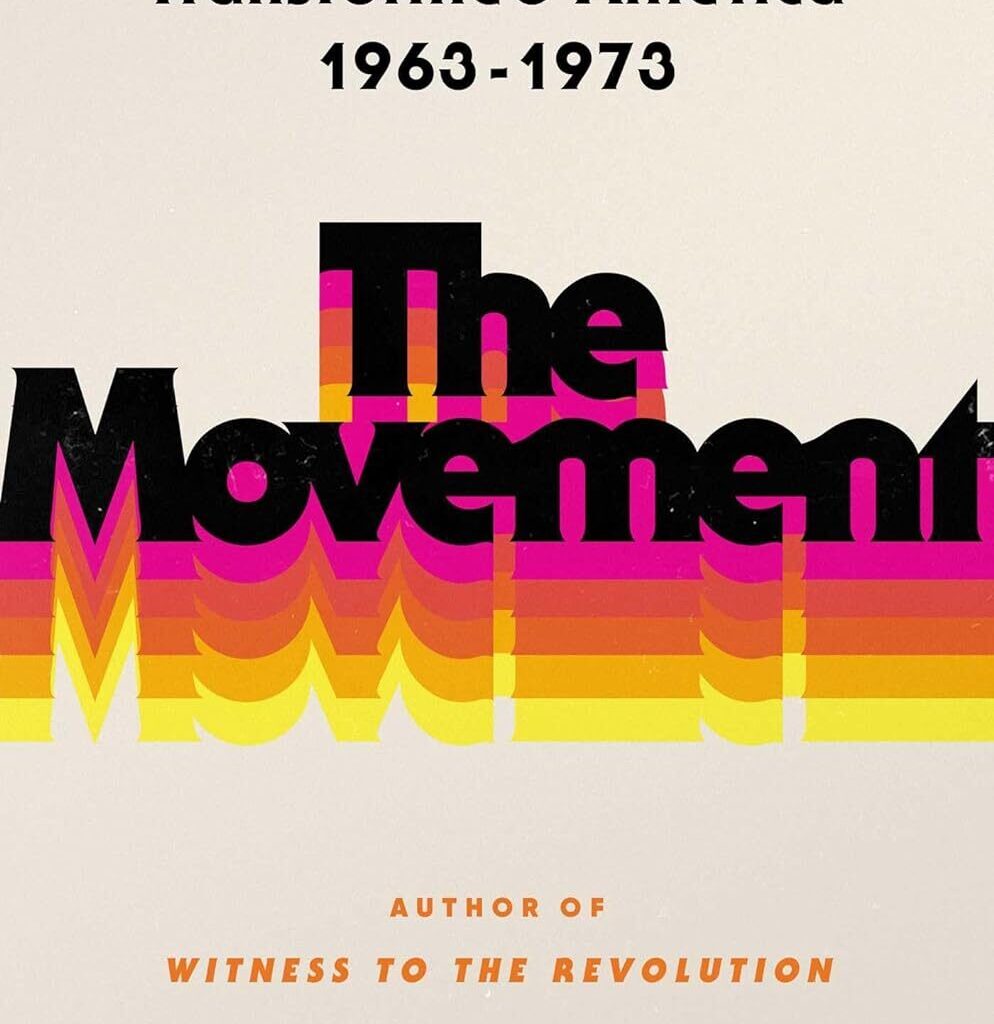
The Voices of Change: Exploring The Movement by Clara Bingham
In The Movement: How Women’s Liberation Transformed America 1963-1973, Clara Bingham presents a compelling oral history that chronicles the rise of the feminist movement during a transformative decade in American history. This meticulously researched work captures the voices of women who fought for equality, autonomy, and justice, highlighting their struggles and triumphs as they challenged societal norms and reshaped the landscape of American life. Through interviews with both renowned figures and unsung heroes, Bingham provides a vivid account of the movement that not only changed the lives of women but also redefined the very fabric of society.
Summary
Bingham’s The Movement is structured around the pivotal years between 1963 and 1973, a period marked by significant social upheaval and the emergence of second-wave feminism. The book begins by setting the stage with the publication of Betty Friedan’s groundbreaking work, The Feminine Mystique, which ignited a national conversation about women’s roles and rights. Bingham weaves together personal narratives, historical events, and cultural shifts to illustrate how women from diverse backgrounds came together to demand change.
The narrative unfolds through the voices of activists, politicians, artists, and everyday women who participated in the movement. Bingham explores key events such as the establishment of the underground abortion network known as the Janes, Shirley Chisholm’s historic presidential campaign, and Billie Jean King’s iconic victory in the “Battle of the Sexes.” Each chapter delves into the personal experiences of these women, showcasing their resilience and determination as they fought against systemic oppression.
Bingham emphasizes that the women’s liberation movement was not monolithic; it encompassed a wide range of voices and perspectives, including those of women of color and LGBTQ+ individuals. The author highlights the intersections of race, class, and gender, illustrating how these factors influenced the movement’s trajectory and the challenges faced by its leaders.
Main Characters
- Betty Friedan: The author of The Feminine Mystique, Friedan’s work is credited with sparking the second-wave feminist movement and challenging traditional gender roles.
- Shirley Chisholm: The first Black woman elected to Congress, Chisholm made history by running for the Democratic presidential nomination in 1972, advocating for marginalized communities and women’s rights.
- Billie Jean King: A champion tennis player and advocate for gender equality in sports, King became a symbol of the fight for women’s rights through her landmark victory against Bobby Riggs in 1973.
- The Janes: A group of women who formed an underground network to provide safe abortions before Roe v. Wade, showcasing the lengths to which women would go to reclaim control over their bodies.
- Diverse Activists: Throughout the book, Bingham amplifies the voices of various activists, including women of color and LGBTQ+ individuals, who contributed to the movement and faced unique challenges.
Key Events and Plots
- The Publication of The Feminine Mystique: Friedan’s book, released in 1963, is a cornerstone of the feminist movement, prompting women to question their roles in society and igniting a wave of activism.
- Formation of the National Organization for Women (NOW): Established in 1966, NOW became a leading force in advocating for women’s rights, including equal pay, reproductive rights, and an end to gender discrimination.
- The Janes and Reproductive Rights: The underground abortion network, known as the Janes, emerged as a response to the lack of safe and legal abortion options, highlighting the urgent need for reproductive justice.
- Shirley Chisholm’s Presidential Campaign: Chisholm’s candidacy in 1972 marked a significant moment in American politics, challenging both gender and racial barriers and inspiring future generations of women leaders.
- Billie Jean King’s Victory: King’s triumph in the “Battle of the Sexes” not only solidified her status as a sports icon but also served as a rallying cry for gender equality in athletics and beyond.
Suspense and Themes
The Movement builds suspense through its exploration of the personal and political struggles faced by women during this pivotal era. Bingham’s narrative reveals the fierce resistance encountered by activists, including backlash from conservative groups and societal pushback against their demands for change.
Themes of empowerment, intersectionality, and resilience are woven throughout the book. Bingham emphasizes that the movement was not just about achieving legal rights but also about shifting societal attitudes and redefining what it meant to be a woman in America. The author highlights the importance of solidarity among diverse groups, illustrating how the fight for women’s rights was intertwined with broader struggles for civil rights and social justice.
Conclusion
The Movement: How Women’s Liberation Transformed America 1963-1973 is a powerful testament to the courage and determination of the women who fought for equality during a transformative decade. Clara Bingham’s oral history not only documents the significant events and figures of the feminist movement but also captures the emotions and experiences of those who lived it.
Through the voices of activists, politicians, and everyday women, Bingham provides a nuanced understanding of the challenges and triumphs of the movement. As readers engage with the stories of resilience and activism, they are reminded of the ongoing struggles for women’s rights and the importance of continuing the fight for equality.
In a time when many of the rights won during this period are once again under threat, The Movement serves as both a historical record and a call to action. Bingham’s work inspires a new generation to learn from the past, embrace their voices, and continue the fight for justice and equality. This book is not just a recounting of history; it is a powerful reminder that the struggle for women’s rights is far from over and that the collective strength of women can indeed change the world.

